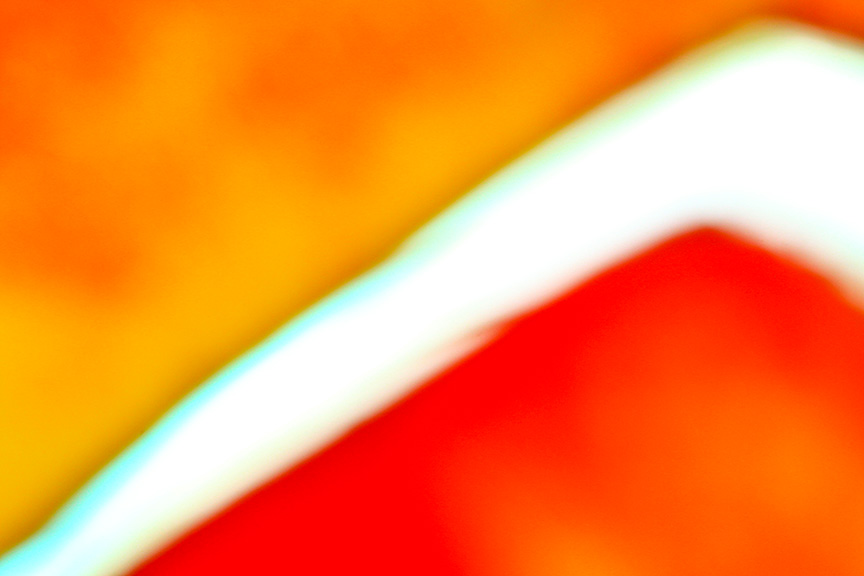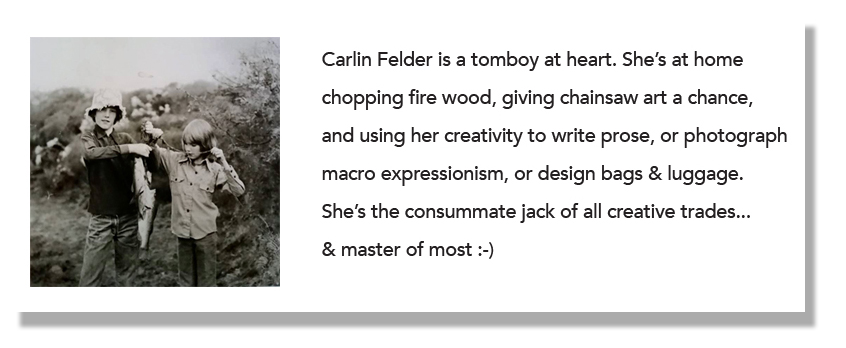Tenets of Macro Expressionism
Macro Expressionism
When I was writing a Manifesto of Macro Expressionism, I identified 7 core elements for my approach to the style of macro photography I focus on.
The tenets may seem redundant on the surface so I am working towards grounding and defining each concept so it can stand on its own merit and have a unique context. This post and the rest to follow are drafts which may be edited as I work through them.
The 7 Tenets of Macro Expressionism are:
- Emphasize non-representational subject matter
- Subjective views of minute details
- Expose the unseen
- Action and movement toward or away from a subject while photographing
- Use of tools to create mood – such as blur, bokeh, and post production manipulation
- Lack of emphasis on technical perfection
- Abstract imagery from objects in the environment
This post will define roughly the first tenet – Emphasize non-representational subject matter – and try to give it some historical reference by discussing how photography influenced fine art painting and then tying that back into how fine art has conversely influenced my photography.
The influence of photography on subject matter in fine art from the mid to late 1800’s can be seen in the way painters changed their style of painting beginning with Impressionism and then moving forward until the present day. The camera’s ability to record and document movement in blur was a new way to see people or objects in action in the world.
The naked eye sees movement as a fluid act and doesn’t slow down movement in the same way a slow shutter speed freezes action as blur. Blurred movement captured by a slow shutter speed gave artists a new way to see their world in a way the human eye couldn’t interpret it. Legs in movement were blurred. Ghost like images of a horse or carriage moving were painted the same as the photograph interpreted them. Fine artists used photographs as static references for their art work, and they took the element of blur from photographs and depicted their subjects with the same visual effect.
Aaron Scharf in his book Art and Photography, 1968, describes in detail how photography influenced the perspective of fine artists starting with Impressionism through Cubism to the era of Abstract Expressionism. Monet, for example, in the Boulevard de Capucines 1873, painted the street scene as a photo might have captured it. Bodies were blurred, legs painted in movement instead of standing still. The human eye doesn’t have the ability to see or capture the blurred movements as a camera with a slow shutter speed can. So photos making their way to fine art affected directly the depiction of action and figures in fine art.
How does this relate to Macro Expressionism’s idea of emphasizing non-representational subject matter? Because photography influenced painting and drawing to move toward more abstract subject matter over the decades following the 1800’s. Abstract painting, which evolved from Impressionism, Cubism and other forms of painting and conceptual art, was influenced by photography. For me the evolution of my style of photography is a result of my preference of abstract art over realistic subject matter.
Artists such as Rothko and the Color Field painters moved away from somewhat realistic imagery to pure color and form as the subject. Anatomy, street scenes, pastoral images and so forth disappeared from their work. In the same way my aim is to make my photos abstractions and depict non-representational subject matter (above).
Macro Expressionism presents the world from a subjective, abstract point of view. One way to achieve this is by creating opportunities for calculated accidents which transform the subject matter. The goal is to represent with the camera a point of view which conveys feeling, atmosphere, mood, or a point of view which expresses action, movement or intangible qualities which representational artwork or photography does not.
When one learns to use the camera it’s mostly with the intent to take snapshots of the known. As my work evolved and I began to hone in on what was relevant to me, a style of imagery began to emerge. As I enjoyed the result of what looked accidents of focus, f-stop, or shutter speed I began to let the camera become a new paint brush with which to create images. Subtle abstractions began to creep into my photos, but over time I taught myself manipulate and experiment with imagery to create color fields, movement and to really affect what traditional photographers would consider accidents.
The purpose of my photography is to capture the micro world from a subjective approach and not a representational approach but emphasize color, form and the other elements of design. I compare macro expressionism to fine art because the goal of my work is to create a work of fine art – to create a visual experience and not just a representation of a scene.
I use my camera as a paint brush to re-present an object. I don’t just replicate static details in tack sharp focus or increase their size to a 1:1 perspective. I try to create color fields or abstractions in which color, shape, form, line, depth of field, negative and positive spaces are emphasized artistically. The role of art on photography can be seen not only in my work but in the work of other artist photographers who choose to depict shape, form, color and line creatively and not just “photo-realistically”.
Accepting that I prefer to shoot non-representational subject matter has become my focus. My goal is to make visually appealing what other photographers would normally delete from their memory card. And with that, I came up with the concept of Macro Expressionism and have worked to define it so that it has a place in the world of photography.
Need more inspiration? Brooks Jensen will inspire your work. Pick up one of his books to elevate your photography mind!



